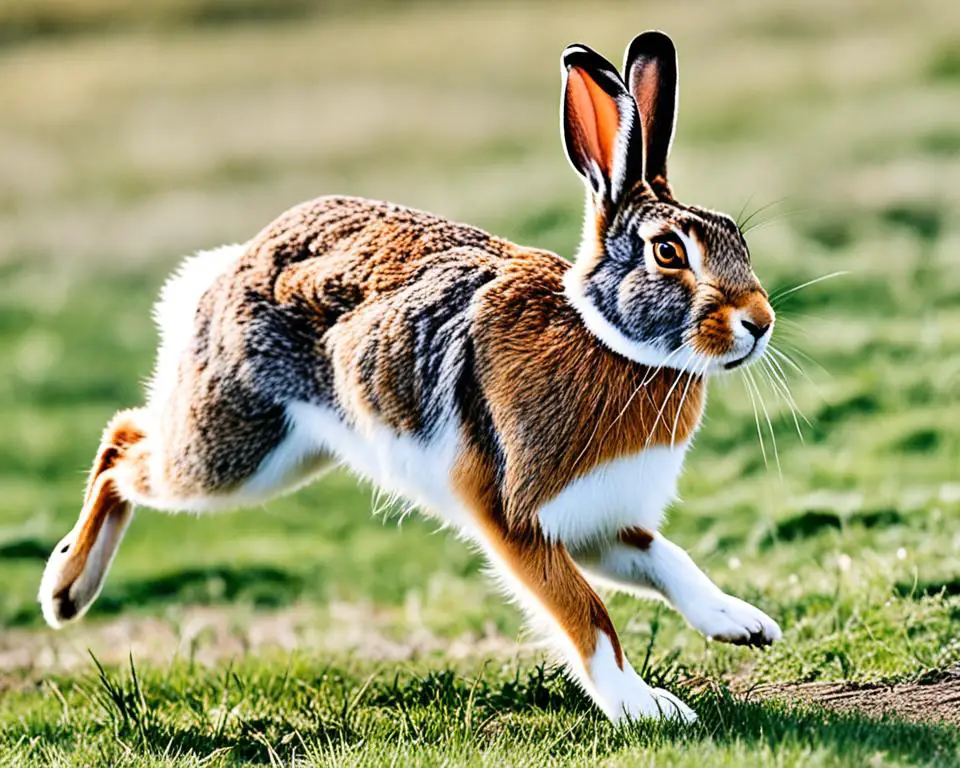Lions climb trees easily if they have good reason. Adult males are least likely to climb trees due to their size, but it won’t stop them if there’s food up it.
How Easily Can Lions Climb Trees?

Lions can climb trees quite well – as they are cats after all. Most trees in their habitat are also easy to climb too, with tilted trunks and multiple thick branches. Perfect for jumping up onto and moving between. It isn’t like they are shooting up a spruce or redwood.
Lions have amazingly strong, sharp claws – and powerful forearms – both used for pulling down huge prey like buffalo and giraffes. This combination helps them scale a tree with ease – hauling themselves up the deeply angled, wide branches of savanna trees. Videos of them scaling these trees online show how easily it can be done – even by the huge male adults.
Why Would A Lion Climb A Tree?

There are many reasons why a lion would climb a tree. Some are essential, others optional and some just for fun – but let’s take a brief look at the most common reasons:
To Escape Attack:
Lions are often chased down by their own prey – especially if they have gone after young animals. Mothers can battle back if their offspring are at risk – so sometimes a lion’s only escape is to bound up a tree.
To Steal Food:
Leopards hide their uneaten kills up in trees as they are adept climbers – but they can’t hide the smell. Like in the video above – if a lion is hungry and stumbles across a stash of free food – it may well leap up after it.
For Some Fresh Air:
Ground-level can get stiflingly hot in the heat of the summer and the ground itself can be baking hot to touch. So, sometimes being a little off the ground is not only cooler underfoot – but increases the wind speed enough for a refreshing breeze.
Avoid The Rain:
Sitting under a tree can help to shelter from bad weather and heavy rain, but also being up a tree prevents having to sit or lay in cold water overnight or just deep water after days of rain.
To Outwit Flies:
Rain at ground level also attracts flies – often seen flying around the faces of lions in great numbers. Drier spot up trees and places with more of a draft also help to ward off flies as they have to work harder to stay in one place.
Better Vantage Point:
Clearly, being up a tree – even a little way – can help increase visibility. This allows lions to watch over more of their home range but also to check for other predators, approaching ungulates (dinnertime), and competing prides.
To Relax:
Not that lions have many predators, but being up in a tree is one of the safest places to be. There is literally nothing to worry about up there that you can’t see coming – allowing for a fuller, more relaxing snooze.
Just For Fun:
Why not? Young lions are most likely to climb trees purely for the adventure, but whole prides can eventually end up in the branches, taking a break. Lions sit around for most of the day anyway – so why not do it someplace fun?
Can Lions Eat Other Lions While They Are Climbing Trees?
Can lions eating other lions while they are climbing trees? The answer is no. Lions are not built to climb trees, and their large size and muscular bodies make it extremely difficult for them to climb high branches. However, they are known to cannibalize other lions in rare cases, typically driven by territorial disputes or scarcity of prey.
Can Lions Get Stuck Up Trees?

Unlike cats who often get stuck up in trees and need rescuing – lions just have to figure it out. Getting up is so easy that watching them come down is quite awkward.
They often don’t know whether to come down forwards or backward, leap down or walk down. Quite often they get caught on a branch or in a fork and have to figure things out while they hang there, half trapped.
Unlike our pet cats who just mew and wait – lions need to get out of the tree or they will starve, so it is all or nothing. But they really aren’t always so good at it. Watching the videos is quite nerve-wracking as they are so high and so big!
Sometimes they go up trees to steal food from leopards who are also still in the tree. They don’t like to miss out on food once they have their heart set on it – and they certainly don’t like to leave another predator on their patch unchallenged. This dog-headedness (excuse the pun) can certainly get them into some sticky situations!











